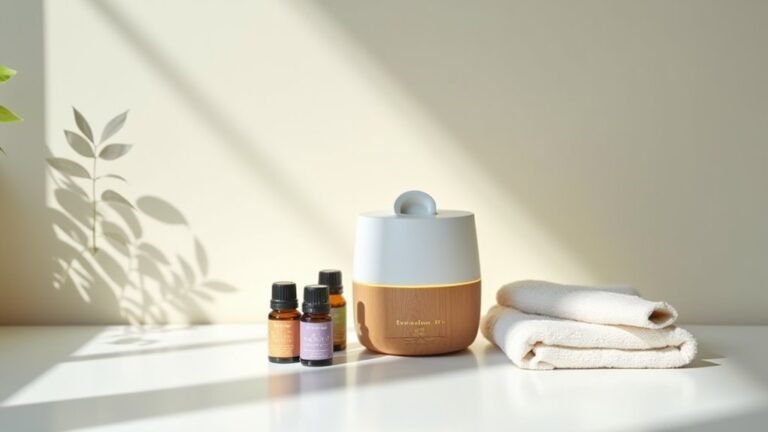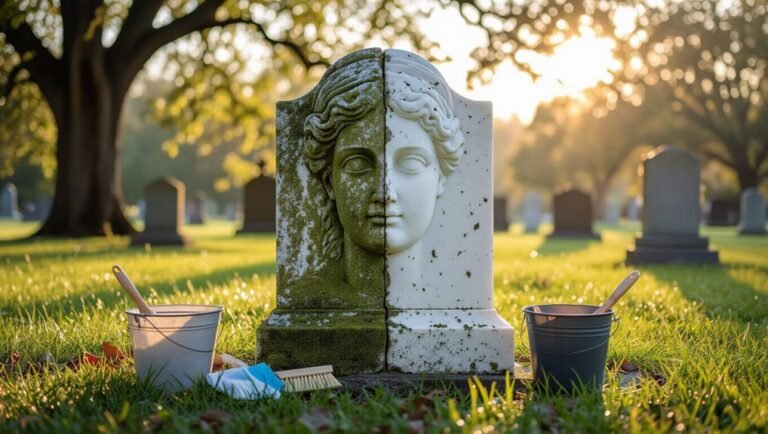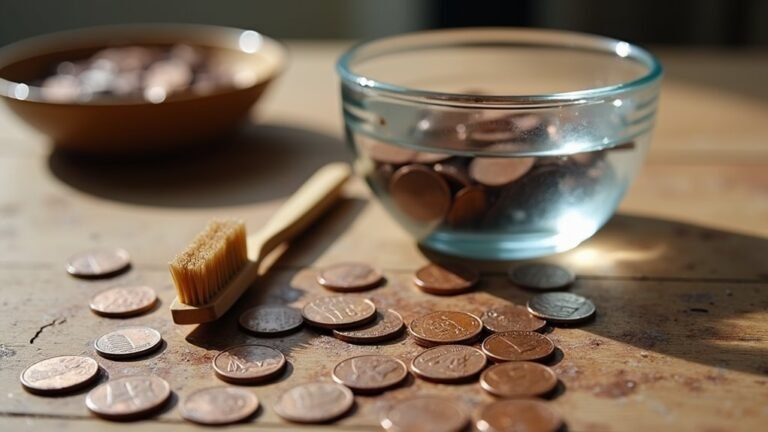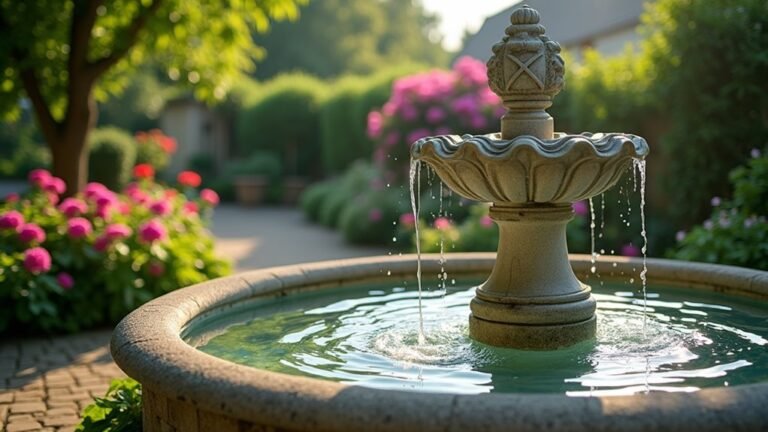Keeping your airbrush clean is super important if you want your models to look amazing. Many modelers find it tricky to maintain their airbrush, and dealing with blocked tips or messy paint can be really frustrating.
Some of the links in this article may be affiliate links. If you make a purchase through these links, we may earn a small commission at no extra cost to you. Thank you.
According to Ken Schlotfeldt, President of Badger Air-Brush Co., "The number one reason airbrushes fail is lack of proper cleaning. Just a few minutes of cleaning after each use can prevent most common problems."
The good news is that taking care of your airbrush doesn't have to be hard. You need two main types of cleaning: quick daily cleaning after you're done painting, and deeper cleaning now and then to keep everything working smoothly. Think of it like brushing your teeth – a quick clean helps daily, but sometimes you need that deeper dentist cleaning too.
Just like how dirty dishes get harder to clean if you leave them, paint that dries in your airbrush can be tough to remove. By cleaning your airbrush after each use, you'll make your tool last longer and get better results in your modeling projects.
Airbrush Basics for Beginners

Mastery of airbrushing begins with understanding the basics of this essential modeling tool.
We'll need to familiarize ourselves with key components like the color cup, where paint is loaded, and proper cleaning techniques.
Using the right airbrush cleaner and cleaning brush after each session prevents excess paint buildup.
Regular, thorough cleaning guarantees our airbrush remains in top condition for detailed work.
Let's look at the essential steps for cleaning your modeller's airbrush, along with what to avoid during the maintenance process.
We'll start with the basic cleaning routine after each color change, then move through deep cleaning procedures, and finish with some important maintenance tips to keep your airbrush performing at its best.
While proper cleaning might seem time-consuming, it's vital for maintaining the precision and longevity of your airbrush, helping you avoid common issues like clogging and inconsistent spray patterns.
Things to Do When Cleaning a Modellers Airbrush
Keeping your airbrush clean is essential for maintaining peak performance and guaranteeing consistent paint application in modeling projects. A thorough cleaning routine prevents paint buildup, cross-contamination between colors, and potential damage to the delicate components of your airbrush, ultimately extending its lifespan and reliability.
- Quick Clean: Flush color cup with Medea Airbrush Cleaner between paint changes until liquid runs clear.
- End-of-Session Clean: Empty excess paint and disassemble airbrush to clean needle, nozzle, and caps.
- Deep Clean: Soak components in cleaner and use brush to remove stubborn paint residue from passages.
- Component Inspection: Check nozzle and needle for damage, clear paint passages with pipe cleaners.
- Lubrication: Apply Iwata Lube to air valve O-ring and needle taper to maintain smooth operation.
- Assembly Check: Verify all parts are properly aligned and securely fastened after cleaning.
- Test Spray: Run clean water through the reassembled airbrush to verify proper function and flow.
Things to Avoid When Cleaning a Modellers Airbrush
When cleaning a modeller's airbrush, it's vital to follow proper maintenance procedures to guarantee the tool's longevity and peak performance.
Improper cleaning methods can lead to permanent damage, reduced functionality, and costly repairs or replacements, making it essential to understand what practices should be avoided during the cleaning process.
- Regular paint thinners: These harsh chemicals can corrode internal components and degrade seals; use manufacturer-recommended cleaning solutions instead.
- Extended soaking: Leaving parts submerged in cleaning solutions can cause deterioration of delicate components and compromise their integrity.
- Excessive force during reassembly: Over-tightening parts can damage threads and create misalignment issues that affect spray patterns.
- Poor ventilation: Working in enclosed spaces with cleaning solutions can expose you to harmful fumes and create health hazards.
- Skipping routine checks: Failing to inspect components regularly can allow damage or paint buildup to worsen, leading to performance issues.
- Using abrasive materials: Rough brushes or aggressive scrubbing tools can scratch or damage precision components.
- Wrong cleaning solutions: Using cleaners not suitable for your paint type can leave residue or damage the airbrush's internal surfaces.
Steps
Proper airbrush cleaning is essential for maintaining peak performance and extending the life of your modeling equipment.
Regular cleaning prevents paint buildup, guarantees smooth paint flow, and prevents cross-contamination between colors, ultimately resulting in better paint application and more professional results in your modeling projects.
Step 1: Perform a quick clean by flushing the color cup with Medea Airbrush Cleaner until the liquid runs clear
Step 2: Empty any remaining paint from the color cup
Step 3: Remove the needle and clean it thoroughly with cleaner and a soft cloth
Step 4: Disassemble the nozzle and caps, then soak them in airbrush cleaner
Step 5: Use a cleaning brush or pipe cleaner to clear paint residue from the paint passage
Step 6: Inspect all components for damage, paying special attention to the nozzle and needle
Step 7: Clean tight areas with pipe cleaners or cotton swabs to guarantee proper airflow
Step 8: Apply sealer to threaded parts before reassembly
Step 9: Hand-tighten all components during reassembly, avoiding over-tightening
Step 10: Test the airbrush with cleaner to verify proper operation
Final Thoughts
Since maintaining your airbrush is critical to its performance, we can't emphasize enough how these cleaning practices will save you time and frustration in the long run.
Remember, it's always easier to clean your airbrush right after use than to let paint dry and harden. If stubborn paint remains, let it soak in cleaner before attempting removal.
Regular maintenance guarantees your airbrush needs to be cleaned less frequently.

Taking proper care of your airbrush through regular cleaning and maintenance is the key to consistent, high-quality results in your modeling projects. While it may seem like extra work, establishing a cleaning routine – from quick color changes to deep cleaning sessions – will save you time and frustration in the long run by preventing clogs and ensuring smooth operation.
Remember that prevention is better than cure – addressing paint build-up early and keeping your tools clean will help avoid more serious issues that could impact your work or require costly repairs.
Invest in quality cleaning supplies and tools like magnifiers and specialized brushes, as these will make maintenance easier and more effective.
Don't let cleaning intimidate you – start with basic maintenance habits and gradually incorporate more thorough cleaning practices as you become comfortable with your airbrush.
Your future self will thank you when you're able to focus on creating amazing paint jobs rather than troubleshooting preventable problems.
Pick up your airbrush, set up a cleaning station, and make maintenance part of your regular modeling routine.
Your airbrush will reward you with years of reliable service and superior finish quality.






